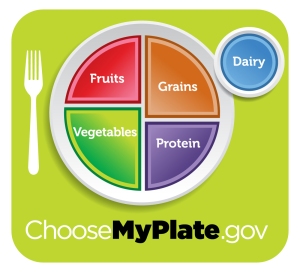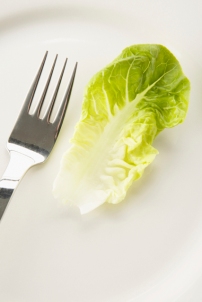 If you aren’t exercising regularly, you’re not alone. Most Americans get too little exercise, and some don’t exercise at all. Even those with the best of intentions can find it hard to stick with an exercise routine. If you find your fitness motivation faltering, here are five tips that can help you get on track.
If you aren’t exercising regularly, you’re not alone. Most Americans get too little exercise, and some don’t exercise at all. Even those with the best of intentions can find it hard to stick with an exercise routine. If you find your fitness motivation faltering, here are five tips that can help you get on track.
1. Know how much exercise is enough.
To reap the health benefits of exercise, adults should aim for 150 minutes of moderate-intensity aerobic activity each week. Aerobic activity, also called cardiovascular exercise, refers to activities that make your breathing harder and heartbeat faster. If you can talk, but not sing the words to your favorite song while you are exercising, you are working at a moderately intense level. Activities moderate to one person may be light to another. Intensity level depends in part on how fit you are.
If exercising 150 minutes each week seems daunting, keep in mind that this weekly activity goal can be divided into segments as short as ten minutes. This is especially important for those who have been sedentary. If you have been inactive, at first it may be hard to exercise for more than a few minutes. But it’s okay to slowly increase how long you exercise as your fitness improves. Try walking briskly for 10 minutes three times a day. Do this for five days and you will accumulate 150 minutes of exercise.
In addition aerobic activity, adults should strength train at least twice weekly, hitting all major muscle groups. Strength training is also called resistance training or weight lifting. There are many ways to strength train, including free weights or dumbbells, and resistance tubes or bands. You can even use your own body weight to help strengthen your muscles. Strength training is important to help maintain bone density and can help prevent osteoporosis. This type of exercise is especially critical for older adults to maintain independence and functional mobility.
2. Choose activities you enjoy.
The best type of exercise for you is the kind that you will do and stick with. Picking activities that you like and are capable of doing makes it more likely that you will continue to exercise. With warmer weather approaching, walking is an easy and inexpensive way to increase physical activity.
3. Find a fitness friend.
Many people find that the support of another person helps to motivate them. It keeps them accountable, making it more likely that exercise will be continued long-term. Exercising with a friend can help make it more enjoyable, too.
4. Make exercise a priority and schedule it into your day or week.
Without a specific plan for when and where to exercise, it becomes easy to avoid it altogether. Take a look at your calendar at the start of each week. Identify the days and times that you may be able to fit in some exercise. Treat this time like an important appointment.
5. Don’t be discouraged by lapses.
If you find you’ve neglected to stick with exercise goals, don’t be discouraged. Just start back again. Remember, some activity is better than none at all. If you only have ten or fifteen minutes, take advantage of this time and squeeze in a quick walk. You’ll feel better, and be more likely to continue exercising.
 After an embarrassingly long hiatus, I am reviving the Unlikely Homemaker blog! This is the first post of the new year. Let’s talk about New Year’s resolutions (original, right?).
After an embarrassingly long hiatus, I am reviving the Unlikely Homemaker blog! This is the first post of the new year. Let’s talk about New Year’s resolutions (original, right?).







